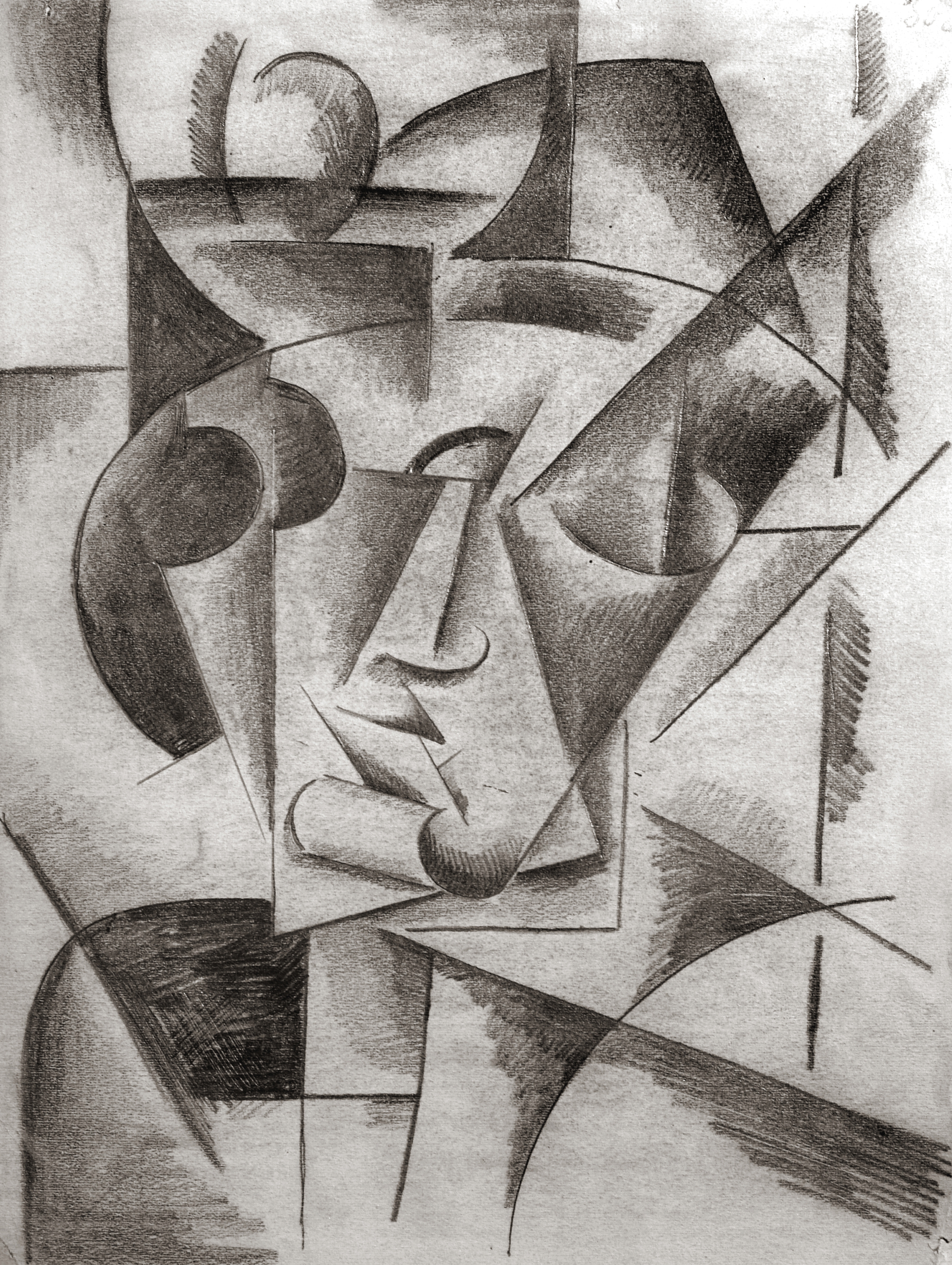Cache of Art is No Desert Mirage
By Diane Mina Weltman, BMFI Guest Blogger
"The work of art is the scream of freedom”
This quote opens the documentary The Desert of Forbidden Art, which was recently screened at BMFI, and prepared the audience for one man’s persistent outcry in the name of artistic freedom.
Igor Savitsky’s indefatigable efforts to collect, display, and celebrate artwork long forgotten comprises half of the fascinating film. The other half focuses on the unlikely location where the 40,000 pieces of art are currently held and cements the case for the type of colossal impact a solitary soul can make in the world.
Amanda Pope, who along with Tchavdar Georgiev wrote and directed the film, attended the screening to take questions and share about the six year film production experience. Amanda’s delivery revealed a passion that stands alongside the efforts of Savitsky, who is the film’s main subject and whose determination helped save art that would have been literally buried in the sands of time. “When you start these things, you have no idea what the voyage will be like,” Amanda revealed about the twists in circumstances in making the film in parts of Karakalpakstan (Uzbekistan's desert northwestern republic) and Moscow.
 |
| Filmmaker Amanda Pope with BMFI President Juliet Goodfriend at the screening of The Desert of Forbidden Art |
In the 1930s Stalinist Russia, a cadre of artists sought the furthest Southern outpost of the Soviet Union to live and paint with some artistic freedom. These avant garde painters discovered an exotic part of central Asia in which bright color and beautiful intricate designs were commonplace—a far cry from the tightly controlled Socialist Realist message of happy laborers condoned by the government.
Fearing for their lives and livelihoods, the artists either destroyed or hid their vivid paintings in attics, under beds; anywhere out of sight from government eyes. Savitsky, who worked as a painter on a 1950s archaeological dig in Uzbekistan, became aware of the artworks’ existence and began saving what he found. So undervalued were these works that locals referred to him as the ‘garbage man’ who collected the seemingly worthless items. Savitsky’s own unrealized success as a painter motivated him to save what he saw as remarkable representations of this desert land.
 |
| "Head" by Lyubov Popova, courtesy of the Savitsky Collection. |
Though Savitsky’s primary motivation was his rabid desire to save art, seeing the poverty in which the artists’ families lived moved him to make good on paying them over time, even though he did not know where he would get the money. He literally helped keep people from starving. He fought human suffering and honored his debt to his fellow Russians, all the while doggedly preserving the work and building the Nukus Museum in Karakalpakstan to store and display all of it.
In compiling background about Savitsky, Amanda repeatedly heard about how he helped the artists’ widows who were starving. “He [Savitsky] was beloved and deserves to be honored,” she said with resolve. Savitsky’s zeal was uncompromising and apparently irresistible even to a local government boss who helped direct funds to build the museum housing the works. The irony that the oppressive, controlling government funded the museum was not lost on Amanda. “I am very attracted to projects that seem impossible,” she said. In this way, it seems she and Savitsky (who died in 1984) share similar verve.
 |
| "Crimson Autumn" by Ural Tansykbaev, courtesy of the Savitsky Collection. |
Not only does the desert climate threaten the Nukus Museum contents today with ever-present oppressive heat and sand storms in remote Karakalpakstan, but a changing political climate in the region also challenges the museum’s purpose. Amanda sees the film’s mission as one way to get the word out about the treasured museum. “It is difficult to get support [for the museum] because no one knows about these artists,” Amanda explained. “It’s challenging to stay in Nukus—it’s not like staying in Paris and studying at the Sorbonne.”
Since its release in 2010, the film, according to Amanda, has been received with enthusiasm and some wonder, given that these unseen works were destined for oblivion. “The film is about recognizing those special cultural treasures that exist all over the world,” Amanda offered thoughtfully.
 |
| Filmmakers Amanda Pope and Tchavdar Georgiev on location |
Diane Mina Weltman is a BMFI member who enjoys attending performing and visual arts events and writing about them. Check out her blog, A Subject for Consideration.


No comments:
Post a Comment